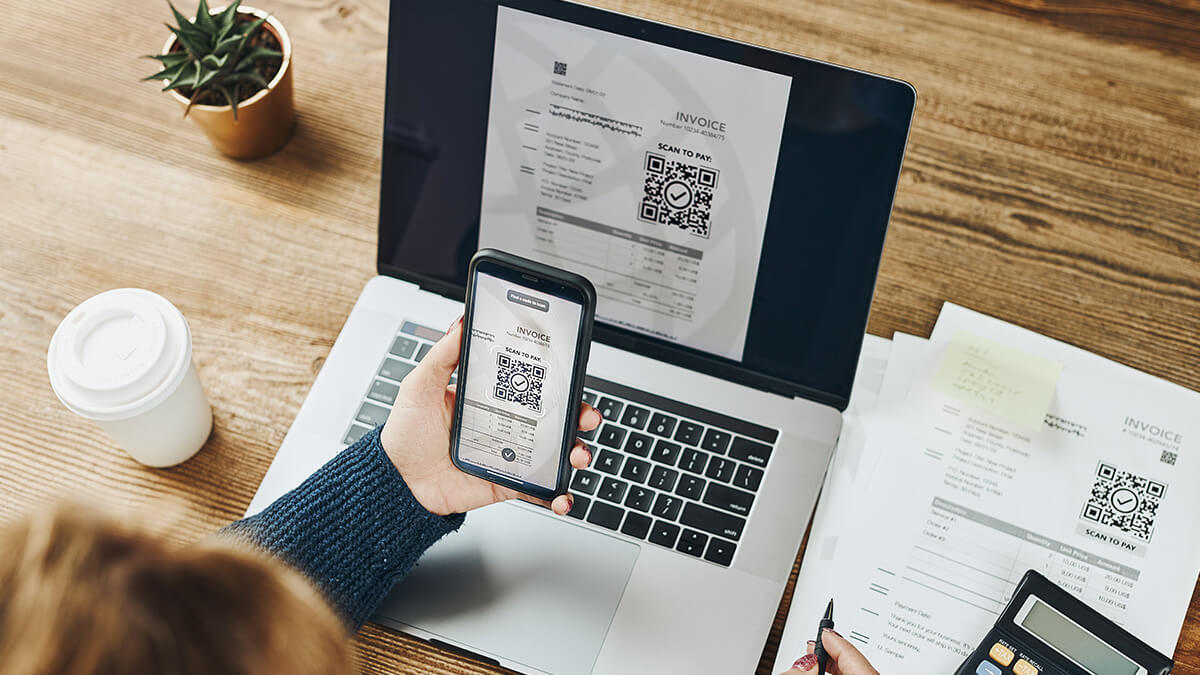As a small business owner, you regularly sell products or provide services to customers. Instead of collecting funds right away, you may send a customer an invoice. But, did you know you could use invoices as a financing tool for your business? Read on to learn more about invoice discounting and how it can help grow your business.
What is invoice discounting?
Business owners have a wide variety of options for invoice financing to manage business cash flow, including invoice discounting.
Invoice discounting is using your business’s unpaid invoices as collateral for loans. Lenders give businesses a cash advance, which is a percentage of the invoice’s value. A company that utilizes invoice discounting uses it as a short-term borrowing option.
Essentially, invoice discounting accelerates cash flow from customers. Receiving cash advances from unpaid invoices can help businesses grow more quickly.
Invoice discounting works best for companies with higher profit margins because they can absorb interest charges associated with invoice discounting. And, invoice discounting is useful for new, growing, or struggling businesses.
Common businesses that use invoice discounting include:
- Construction
- Manufacturing
- Wholesalers
- Transportation
Invoice discounting agreement
Businesses sign an invoice discounting agreement with a finance company to start the invoice discounting process. The company issuing the loan earns money from charging business owners interest rates and invoice discounting fees.
You and your lender must agree to terms and conditions as well as a time frame for invoice discounting (e.g., monthly-basis).
Invoice discounting steps
Use discount invoicing by following the steps below.
1. Invoice customers
First, provide products and services to customers. Give customers an invoice which includes information such as the date, amount due, and buyer and seller information. When a customer won’t pay, use invoice discounting.
2. Send invoice details
Send the invoices to your lender or financial provider for invoice discounting. Invoice details include accounts receivable reports. Your lender reviews the invoice information.
3. Receive funds
The lender gives you a percentage of the invoice’s value. The rate and how long it takes to receive funds vary depending on the business, invoice amount, and finance provider.
4. Invoice collection
Depending on the situation, your provider or lender may carry out the invoice collection procedure on your behalf. Or, you may be responsible for collecting it. Go through the invoice collection process to gather unpaid invoice debt.
5. Invoice balance is available
Once the customer pays the outstanding invoice, your lender pays you the invoice balance. Keep in mind lenders charge interest rates and deduct a service fee, too.
Other types of invoice financing
Along with invoice discounting, other types of invoice financing options include:
- Confidential invoice discounting
- Selective invoice financing
- Invoice factoring
Confidential invoice discounting involves the same steps as standard invoice discounting. However, confidential invoice discounting is a private arrangement. Customers with unpaid invoices are not aware of the invoice arrangement.
Selective invoice financing is similar to invoice discounting. And, it offers companies more control over which invoices they sell to lenders for advances. Instead of submitting an entire sales ledger of unpaid invoices, businesses decide which unpaid invoices to sell. You must handle invoice collections with selective invoice financing.
Invoice, or business factoring, includes selling invoices at a discount to a financial or factoring company for a lump sum. After the sale, the factoring company owns the unpaid invoices. And, the company receives payment when collecting invoice payments. You do not receive any funds from customers when the customer pays the invoice.
Need help tracking information for invoice discounting? Patriot’s online accounting software lets you create invoices with your business logo and mail them to customers. The software keeps, records, and generates reports to help easily manage your invoices. Try it for free today!
This article has been updated from its original publication date of February 26, 2019.
This is not intended as legal advice; for more information, please click here.



